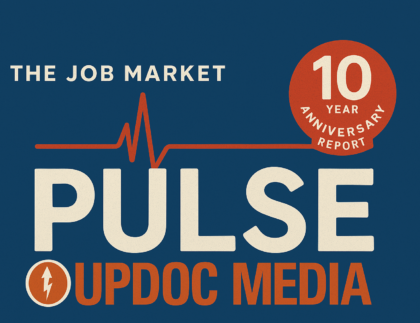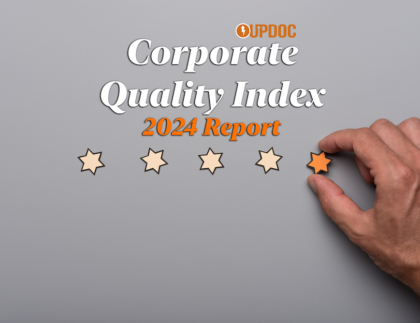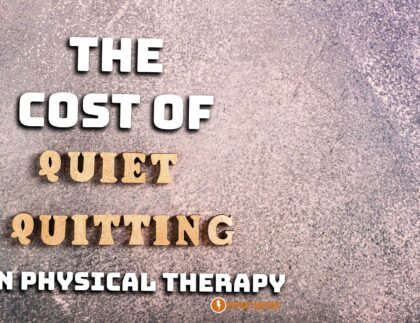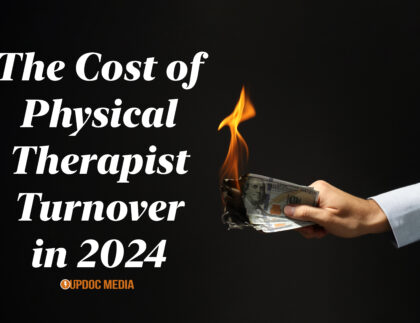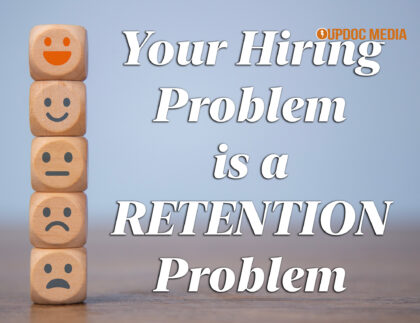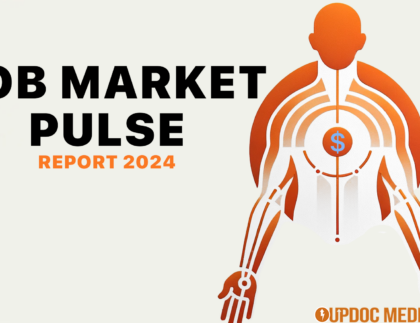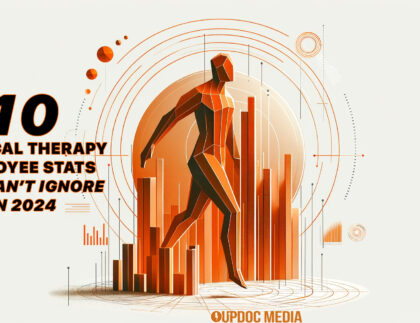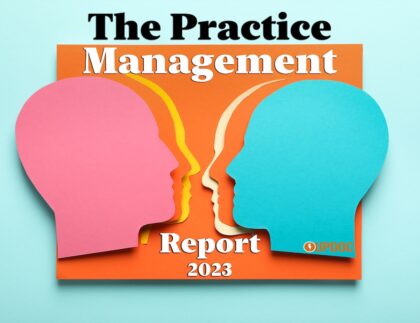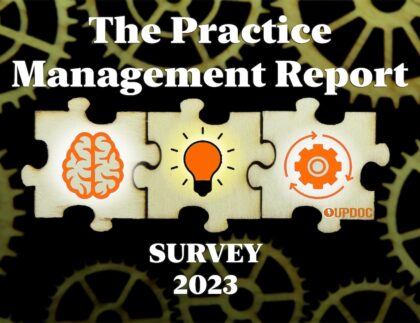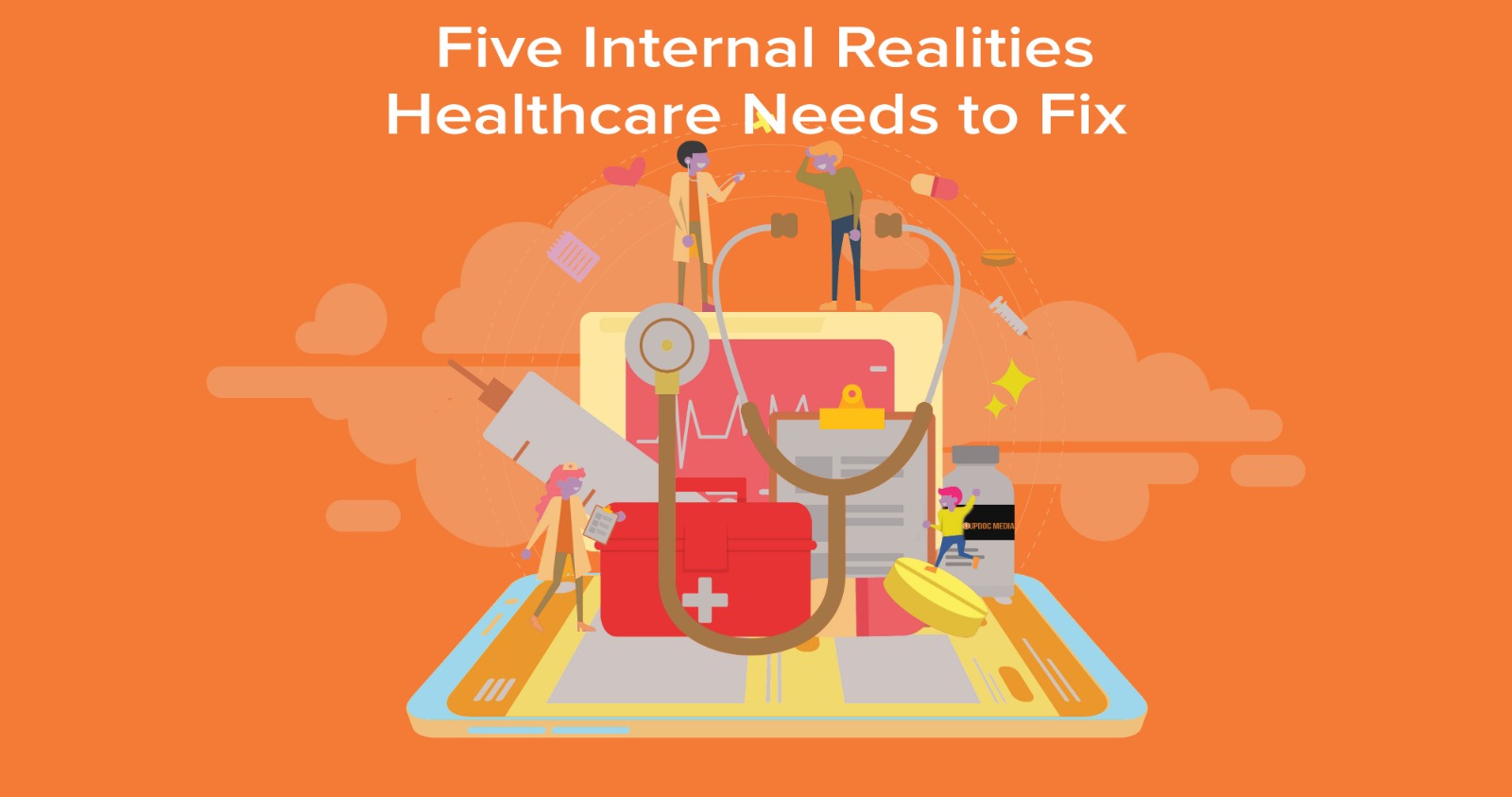
Forward: The timing of this post really came around pre-COVID-19. However, as the lockdown proceeded and innumerable amount of clinicians began to reach out to us with feedback, with questions, and with unvalued concerns — we felt we needed to serve as a voice to bridge the gap.
Additionally: This post inadvertently yields itself as a bit of a building on thoughts by one Bob Iger (Disney CEO) from his book, The Ride of a Lifetime. Nevertheless, these lessons traverse industry bounds and have truly relevant applications to what we are seeing now in healthcare — particularly now months into lockdown-pandemic-mode within healthcare at large.
1. Competency.
Since we’re talking Spring of 2020 and COVID-19, it should come at no surprise that Acute Care Physical Therapy saw the greatest and most alarming gaps early on. This is of a specific passion to me as it is within acute care where my clinical roots are found. What were we hearing? Lots of things. However, nearly every concern raised had something to do with a dichotomy of seasoned clinicians versus developing professions who were at odds with management (seemingly) powerless in the middle.
The primary problem is that the medical acuity and severity of COVID-19 seemed to have overwhelmed some seasoned clinicians who were under producing when compared to developing clinicians. Developing clinicians, having the latest training and education under their belts — felt more than comfortable to step up to the plate during such a crisis. HOWEVER, management was caught in a politically tenuous situation, as far as the workplace is concerned; as the seniority tenured clinicians were ill prepared to deal with the crisis and did not seem to show the bandwidth necessary to rise to the occasion… it still felt inappropriate to otherwise promote newer graduates above their heads to develop the systems, trainings, and clinical protocols to handle the situation at hand.
“Value ability more than experience, and put people in roles that require more of them than they know they have in them.” —Bob Iger, CEO, Walt Disney Company
Bob Iger, CEO, Walt Disney Company — The Ride of a Lifetime
The problem being experienced by clinicians in acute care, home health, inpatient rehab… and ultimately, in outpatient clinics was this: A Crisis of Competency.
We all know that experience helps seasons a clinician. We also know from studies that experience alone yield little to improve a patient’s outcomes. And, yes… while meaningful continuing education courses (CEUs) will get you a little further along… there are plenty of new grads for which (<em>the royal</em>) we wonder “how they ever graduated?” AND, there are plenty of seasoned clinicians with long tenures, skating by under the radar using “experience” as a trump card… the worst of them throwing tantrums at the idea of ever being questioned for their decades of experience should obviously overrule any opinion, point of evidence, or voice of opposition.
Let’s be real. We ALL have seen both extremes and everything in between. Are they common? Probably more so than we would like to admit. Are they rampant? Likely, not
The thing of it is: We need industry wide competencies as much as we should be ensuring company specific standards.
Long ago as a new grad, I remembered heard told the stories of when fellowship and residency directors would gauge competencies across multi-site clinics and lay off clinician en masse deemed too dangerous to practice. What’s too dangerous? From not taking vitals to ruining fresh orthopedic surgeries, to terrible guarding techniques for ortho-trauma patients transitioning into outpatient settings from home health.
What we are advocating for this first reality that healthcare needs to internally address is truly best summarized by Bob Iger’s thoughts: Value ability. Show competency. Start here.
2. Pay Structure
Hourly versus Salary. Exempt versus Non-Exempt. Percent Collections. Revenue Share. Stock Options. Partnership. Contracts. Non-Competes. Tenure. At-Will Employment.
All these are things that are rarely discussed in full at any meaningful length across a student’s didactic experience. As a new grad, these are brand new and many are made to feel foolish at the interview table for not already understanding such terms in full… part of the whole “We eat our own young” culture — WHICH NEEDS TO STOP.
Sadly, due to COVID-19, we’ve seen waves of clinicians laid off, experienced changes in employment status, many were furloughed, or taken off payroll to qualify for unemployment — it was a mess. AND, it wasn’t that such things are prepare-able. NO ONE could’ve truly predicted or prepared for such chaos. However, this internal reality isn’t about preparation… this internal reality is about CLARITY.
“You can do a lot for the morale of the people around you (and therefore the people around them) just by taking the guesswork out of their day-to-day life.”
Bob Iger, CEO, Walt Disney Company — The Ride of a Lifetime
Which leads us to the discussion of….!
3. Revenue Transparency
Back in the late 2000s and early 2010s, articles circulated sounding something like: Why an aspirin taken in a hospital can cost upwards of $25?
In Fall of 2019, regulatory bodies were ready to finalize price transparency requirements in healthcare. In some ways, it is a step in the right direction. In other ways, it’s made things a little messier than they already were. Nevertheless, the reason Revenue Transparency needs to be an internal reality we need to face is out of one all important facet of doing business: TRUST.
“In any negotiation, be clear about where you stand from the beginning. There’s no short-term gain that’s worth the long-term erosion of trust that occurs when you go back on the expectation you created early on.”
Bob Iger, CEO, Walt Disney Company — The Ride of a Lifetime
We need to be real with ourselves; operational costs are what they are and they need to be made aware across the supply chain — particularly if management hopes to get cultural buy-in from the workforce. However, doing this also means a necessary pairing of leaning out redundancies that, let us be honest, don’t help clinicians (who deliver the care, and, under whose licenses companies bill and receive revenue under in some fashion or another) do what they do best in serving the patient’s best interest.
There’s another reason why revenue transparency will be important: Human Capital and Workforce Retention — segueing us to internal reality #4….!
4. Provider Burnout
A little while back, UpDoc Media ran a survey and released a report based on burnout. The results were striking. It was as if a vast majority in the entirety of physical therapy clinicians were on the verge of professional collapse. How vast? How about over 50%???
It was ALARMING. One might have then considered maybe a rolling average of 10%… 15%… maybe even as high as 30% of clinicians going in and out of burnout as an acceptable norm. But, half??? THEN, if you take a look at our 2020 Physical Therapy Productivity Report, one can notice that the burnout syndrome seems to come from a combination of patient volume, unattainable levels of documentation, and/or the perceived inequitability of what and how clinicians are being paid for in doing what they do.
This of course leads back to Revenue Transparency and clarity in Pay Structure. That said, there isn’t any clear singular answer to the antidote for burnout. But, perhaps… it begins with something we are otherwise expert in as clinicians and would be wise to employ within ourselves: Empathy.
“Empathy is a prerequisite to the sound management of creativity, and respect is critical.”
Bob Iger, CEO, Walt Disney Company — The Ride of a Lifetime
5. Cost of Education
This final reality is really the tip of the iceberg in terms of “cost” considerations — perhaps belonging with the honorable mention mind dump of topics including but not limited to: practice patterns (clinical, billing, and management), payment reform, patient access reform, and redirecting a payer driven system into a “patient driven – provider directed system” — just to name a few.
Yes, education has been quite the interesting spotlight topic due to the lockdown as K-12 institutions, colleges, universities, and graduate programs have all been forced to examine: What is actually necessary? And, with that… what is the cost? Apparently, efficient and high level learning doesn’t necessarily require buildings, textbooks, schedules, or examination tools as we once knew them to be standard. There are also economic realities regarding education at large, not just higher education. Information is “free.” Curation is valuable. Conferment costs money.
We’ve addressed it in the past:
- Why Does Grad School Cost So Much?
- The Future of Education
- The Ultimate Student (and, Developing Professional) Resource Collection
While the thoughts from above are all appropriately dated for those snapshots in time and snapshots of time… it’s important to state this: We don’t have the answers.
HOWEVER, we DO know that these are topics that need to be discussed and questions that need to be asked.
“Technological advancements will eventually make older business models obsolete. You can either bemoan that and try with all your might to protect the status quo, or you can work hard to understand and embrace it with more enthusiasm and creativity than your competitors.”
Bob Iger, CEO, Walt Disney Company — The Ride of a Lifetime
With that, we’d like to close this article and leave you with this thought:
Too often, we lead from a place of fear rather than courage, stubbornly trying to build a bulwark to protect old models that can’t possibly survive the sea of change that is under way. It’s hard to look at your current models, sometimes even ones that are profitable in the moment, and make a decision to undermine them in order to face the change that’s coming.
Bob Iger, CEO, Walt Disney Company — The Ride of a Lifetime
So then, what old models are we clinging on to which can’t possibly survive these times of change? Which models are currently profitable… but, if not changed will lead to loss or even industry destruction? What innovations must we engage in to safeguard our future?
